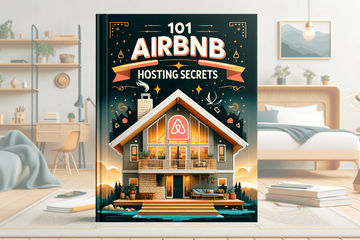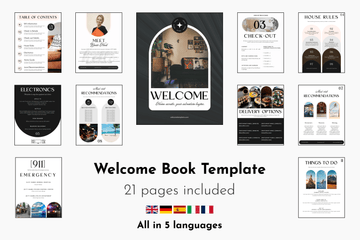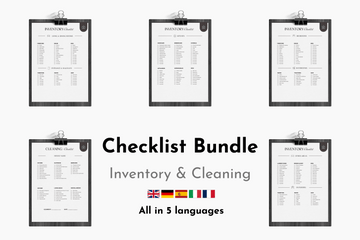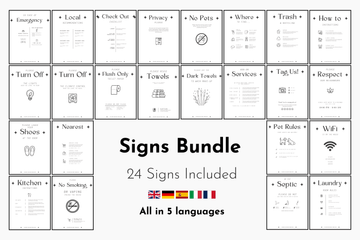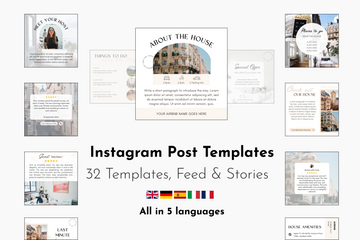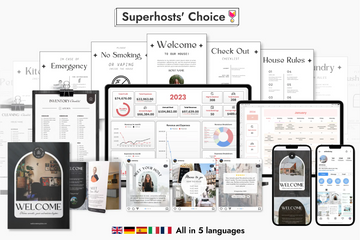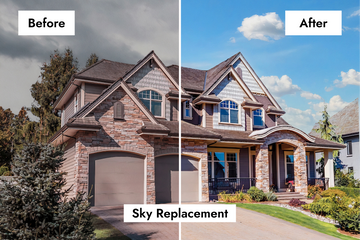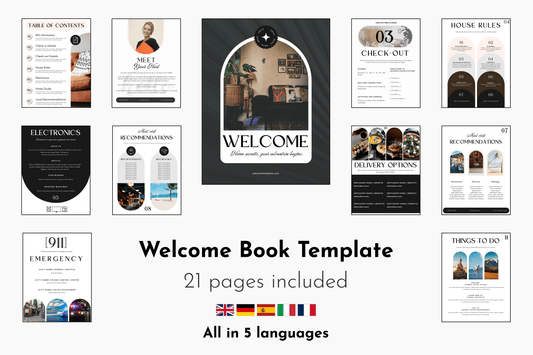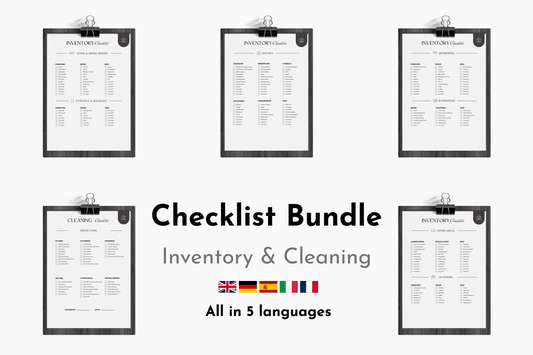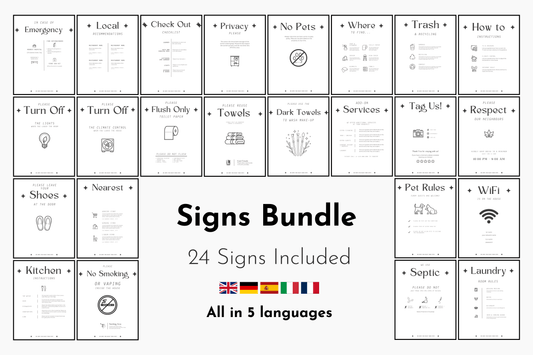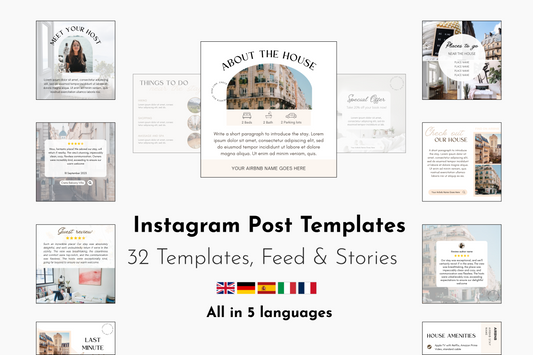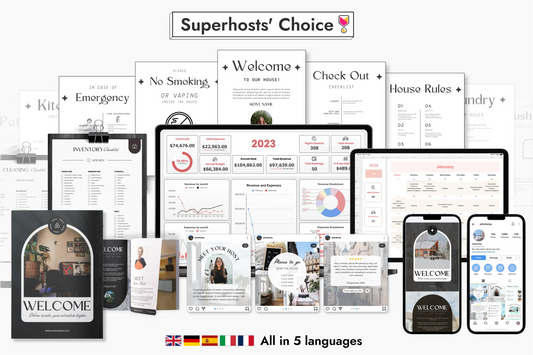One of the best ways to elevate your Airbnb guest experience and make their stay truly memorable is by providing a well-curated local guidebook. A thoughtfully crafted guidebook not only helps guests navigate the area but also gives them insider tips that they wouldn’t find in typical tourist brochures. This personal touch can set your property apart and ensure glowing reviews. Here’s how to create a local guidebook that will delight your guests and enhance their experience.
1. Start with a Warm Welcome
Begin your guidebook with a warm welcome message. This sets a friendly tone and makes your guests feel appreciated from the moment they arrive.
- Personal Introduction: Include a brief introduction about yourself and your property. Share why you love hosting and what makes your area special.
- Thank You Note: Express your gratitude for choosing your Airbnb and mention that you’re available if they need any assistance during their stay.
Tip: A photo of you or your family in the welcome message adds a personal touch and helps guests feel more connected.
2. Provide Essential Information
Guests appreciate having all the important details about the property and the area in one place. Make sure your guidebook includes:
- Check-In/Out Instructions: Clear instructions on how to check in and out, including any codes, key locations, and what to do before leaving.
- House Rules: Remind guests of any house rules in a friendly manner, such as quiet hours, parking regulations, and guidelines for using amenities.
- Emergency Contacts: List emergency numbers, including local hospitals, police, and your own contact information.
- Wi-Fi and Tech Details: Provide the Wi-Fi network name and password, along with instructions for using any technology in the house (e.g., smart TVs, thermostats).
Tip: A table of contents at the beginning of your guidebook makes it easy for guests to find this essential information quickly.
3. Curate Local Dining Recommendations
One of the most valuable parts of a local guidebook is restaurant recommendations. Offer a mix of dining options that cater to different tastes and budgets.
- Breakfast and Brunch Spots: Include cozy cafes, popular brunch spots, and any local favorites for a morning pick-me-up.
- Lunch and Dinner Options: Suggest a variety of restaurants, from casual eateries to fine dining, and include cuisines that reflect the local culture.
- Hidden Gems: Highlight any lesser-known spots that locals love but tourists might miss, such as food trucks, delis, or small family-owned restaurants.
- Specialty Diets: Consider adding recommendations for guests with dietary restrictions, such as vegetarian, vegan, or gluten-free options.
Tip: Mention your personal favorites and why you love them, as this adds authenticity to your recommendations.
4. Highlight Local Attractions and Activities
Your guidebook should help guests make the most of their visit by highlighting local attractions and activities.
- Top Sights: Include must-see attractions like museums, parks, historical sites, and popular landmarks. Provide a brief description and practical information such as opening hours and ticket prices.
- Outdoor Activities: Suggest local hiking trails, beaches, or parks where guests can enjoy nature and outdoor activities.
- Cultural Experiences: Highlight local festivals, markets, theaters, and galleries that showcase the area’s culture and arts.
- Family-Friendly Activities: If your property is family-friendly, include recommendations for activities that kids will enjoy, such as zoos, amusement parks, or interactive museums.
Tip: Create an itinerary suggestion for different lengths of stay, like “24 Hours in [City Name]” or “A Weekend in [City Name],” to help guests plan their visit.
5. Offer Local Shopping Suggestions
Whether your guests are looking for souvenirs or just want to explore local shops, your guidebook should include some great shopping spots.
- Boutiques and Specialty Stores: Recommend local boutiques where guests can find unique clothing, jewelry, or home decor items.
- Farmers’ Markets: Mention any farmers’ markets where guests can purchase fresh produce, local crafts, and artisanal products.
- Grocery Stores: Include nearby grocery stores or supermarkets where guests can stock up on essentials during their stay.
Tip: Highlight any local products or crafts that are unique to your area and suggest where guests can buy them.
6. Include Transportation Tips
Help your guests get around easily by providing transportation information.
- Public Transportation: Provide details on local buses, trains, or trams, including how to purchase tickets and any apps that might be useful.
- Car Rentals and Rideshares: Mention nearby car rental services or provide information on how to use local rideshare services like Uber or Lyft.
- Parking Tips: If your area has specific parking rules or restrictions, include those in your guidebook. Suggest the best places to park near popular attractions.
Tip: Create a small map or provide links to online maps that show the locations of key places you mention.
7. Add Personal Touches
Adding personal touches to your guidebook can make it feel more special and tailored to your guests.
- Favorite Spots: Share some of your personal favorite spots in the area, whether it’s a quiet bench with a great view, a scenic walking route, or a cozy bookstore.
- Local Tips: Offer insider tips that only locals know, such as the best time to visit certain attractions, secret menu items at restaurants, or shortcuts to avoid traffic.
- Guest Contributions: Invite previous guests to share their own recommendations or experiences in your guidebook. This can add a unique and diverse perspective.
Tip: Update your guidebook regularly to keep the information current and to add new discoveries.
8. Make It Easy to Access
Finally, ensure that your guidebook is easy for guests to access and use.
- Digital Version: Create a digital version of your guidebook that you can send to guests before their arrival. This could be a PDF, a Google Doc, or a dedicated webpage.
- Printed Copy: Place a printed copy of the guidebook in a prominent spot in your Airbnb, such as the living room or kitchen. Consider using a binder or a professionally printed booklet for a polished look.
- QR Codes: Include QR codes in your printed guidebook that link to online maps, restaurant menus, or event calendars.
Tip: Encourage guests to take the printed guidebook with them when they explore the area, and offer a small pocket-sized version for convenience.
Conclusion
Curating a local guidebook for your Airbnb is a thoughtful way to enhance the guest experience and make their stay unforgettable. By offering personalized recommendations, insider tips, and essential information, you help your guests feel more at home and confident in exploring the area. A well-crafted guidebook not only adds value to your Airbnb but also fosters positive reviews and encourages repeat bookings. Whether you choose to create a digital guidebook, a printed version, or both, the effort you put into this personal touch will be well worth it.

